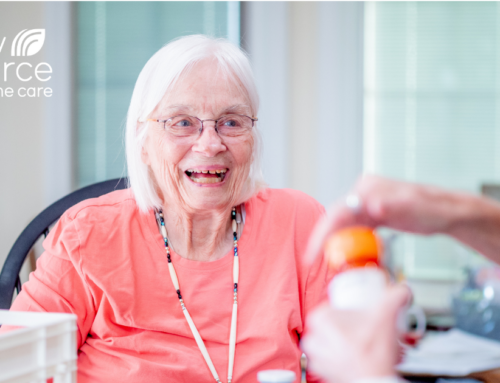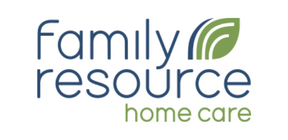In the realm of human interaction, touch has always played a crucial role in strengthening social bonds and eliciting positive emotions. Recent research conducted by Linköping University and the University of Skövde in Sweden has shed light on the fascinating connection between touch and the hormone oxytocin, often referred to as the “feel-good” chemical. This recent study explored how social touch impacts these hormone levels in women, highlighting the importance of context in generating positive physiological responses. These findings can have significant implications for enhancing the well-being of the elderly population and potential applications in therapeutic interventions.
The Oxytocin & Touch Connection
Studies conducted on animals have revealed a strong link between oxytocin and touch, particularly in the context of social bonding. However, understanding oxytocin’s role in human social interactions and its influence on the brain has remained a complex puzzle. To gain deeper insights, researchers delved into the body’s response to gentle touch and its correlation with oxytocin.
The relationship between gentle touch and oxytocin is very fascinating as studies have consistently shown that gentle touch stimulates the release of oxytocin, often referred to as the “love hormone” or the “cuddle hormone.”
Oxytocin is produced in the brain and acts as a neurotransmitter and a hormone, influencing various physiological and psychological processes. When a person experiences gentle touch, such as a caress, hug, or massage, it triggers the activation of nerve fibers called C-tactile afferents. These fibers send signals to the brain, particularly the areas associated with social bonding and reward, leading to the release of oxytocin. As it floods the system, it promotes feelings of trust, connection, and well-being. This release not only enhances social bonds and positive emotions but also has potential effects on stress reduction, pain modulation, and overall mental and physical health. This relationship highlights the link between touch and human well-being.
The Study: Context Matters
The study involved 42 women and focused on their interactions with their male partners and a stranger. The women’s brain activity was monitored using functional magnetic resonance imaging (fMRI) while their partners or stranger stroked their arms. Blood tests were also conducted to measure changes in oxytocin levels over time.
The researchers discovered a fascinating pattern: when the women’s partners were the first to stroke their arms, their oxytocin levels increased during the interaction, decreased momentarily, and then increased again when the stranger replicated the touch. However, when the stranger initiated the touch, there was no significant change in oxytocin levels. This suggests that the preceding context of touch is crucial in determining the release of hormones. This is such a fascinating concept, as it may be more beneficial that a loved one or someone who is close to you has more significance in releasing these “happy hormones” than a complete stranger, showing that touch isn’t just touch it has to come from someone who you know and love. With this discovery, it shows the strength of a close caregiver/client bond can be in the well-being of both individuals.
Implications for Elderly Well-Being
The findings from this study have compelling implications. As social touch is known to foster social bonds and positive emotions, understanding how to optimize hormone release through touch can be transformative for the elderly population.
- Enhancing Social Interactions: Encouraging positive touch interactions among elderly individuals, such as hugging, hand-holding, or gentle massages, can have a profound impact on their oxytocin levels and emotional well-being. Strengthening social bonds through touch can contribute to reduced feelings of loneliness and increased overall satisfaction with life.
- Therapeutic Interventions: The study’s results also have potential implications for therapeutic interventions aimed at improving mood and mental health conditions in the elderly. Administering synthetic oxytocin, such as nasal sprays, within a context that promotes positive touch interactions could be a promising avenue for treatment. By optimizing the timing and sequencing of touch, healthcare professionals may enhance the efficacy of such interventions.
- Caregiver Relationships: For caregivers working with elderly individuals, understanding the significance of touch and oxytocin can foster more meaningful connections. Encouraging caregivers to incorporate gentle touch into their interactions can strengthen the bond between caregiver and recipient, promoting feelings of trust, comfort, and security.
The findings underscore the importance of context and sequence in touch interactions, with the study revealing that oxytocin levels were highest when the partner initiated the touch. This research opens doors to new possibilities in enhancing the well-being of the elderly population through targeted interventions that harness the power of touch with someone that they loved or care about and can enhance their overall well-being and satisfaction with life.
If you or someone you know may benefit from a caregiver relationship, see our services page to learn more.
Sources:
Context Matters: Oxytocin Influenced by Context of Social Touch






